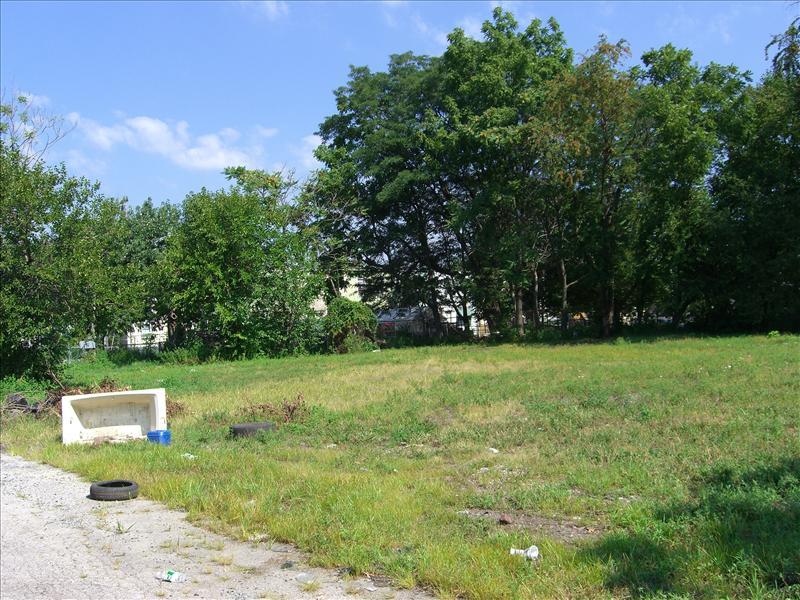
Do you have a comprehensive list of your community’s abandoned properties?
*silence*
Do you have a transparent, objective way to select those sites for investigation and remediation?
*awkward silence*
If not, you aren’t alone! But it might be a sign that you need a Brownfield site inventory.
A Brownfield site inventory is a planning tool
At the most basic, an inventory is a list of all Brownfield sites within your municipality. It can take the form of a complicated database, or a simple spreadsheet. What’s important is that it includes all of your sites.
To evaluate the likelihood that a site is contaminated, you’ll want to cross-reference your list against governmental databases of contaminated sites, gas stations, dry cleaners and more.
To make it more useful, the inventory can include parcel data like owner information, assessed value and land size. It can include subjective information too, such as a simple assessment of the site’s physical condition. Photographs are a nice addition, too.
The more information that’s included in your inventory, the more tools you’ll have available for the next step.
Use your inventory to prioritize sites
With the inventory in place, you can develop criteria that are important to your community. Consider forming a stakeholders committee, with members from local businesses and community groups. They’ll bring transparency to this process, along with different perspectives.
Here are some criteria that you might choose to consider when prioritizing sites:
- Contamination – Is a site known to be contaminated? Suspected? Can you infer, based on prior site activities, that a site is at low risk for contamination?
- Geographic region – A particular redevelopment area? A blighted section of town? An area that has started seeing commercial interest?
- Existing land use – Predominantly residential areas? Maybe commercial areas?
- Proximity to sensitive locations – Are sites near schools and parks? Cultural resources?
- Natural resources – Are you trying to protect a wetland? Is there a nearby stream or lake?
Once the most important criteria are determined, it’s time to prioritize the sites. It’s often helpful to assign a numeric value to each criterion.
Here’s an example. Let’s use the proximity of a site to a popular fishing lake as the criterion. If a site adjoins the lake, it’s assigned a value of 5. Within 250 feet (ft) = 4. Within 500 ft = 3. Within 750 ft = 2. Greater than 1,000 ft = 1.
Rank each of your criteria similarly. Then sum the numeric values for each site and sort from highest to lowest. Now you have a prioritized site inventory!
There are some serious benefits to having a prioritized inventory
One benefit is quickly selecting a site if investigation and remediation funds become available.
You’ll have confidence that your limited funds are being spent investigating and cleaning up the sites that are most important to your community.
You can point to an objective methodology if community members asks why a particular site was (or wasn’t) chosen.
Finally, having help from a steering committee of stakeholders can lead to greater buy-in from the larger community. And projects are more successful when everyone’s interests are aligned towards the same result!
If you’re wondering what to do after you’ve prioritized your sites, check out Getting Started with your Brownfields.


